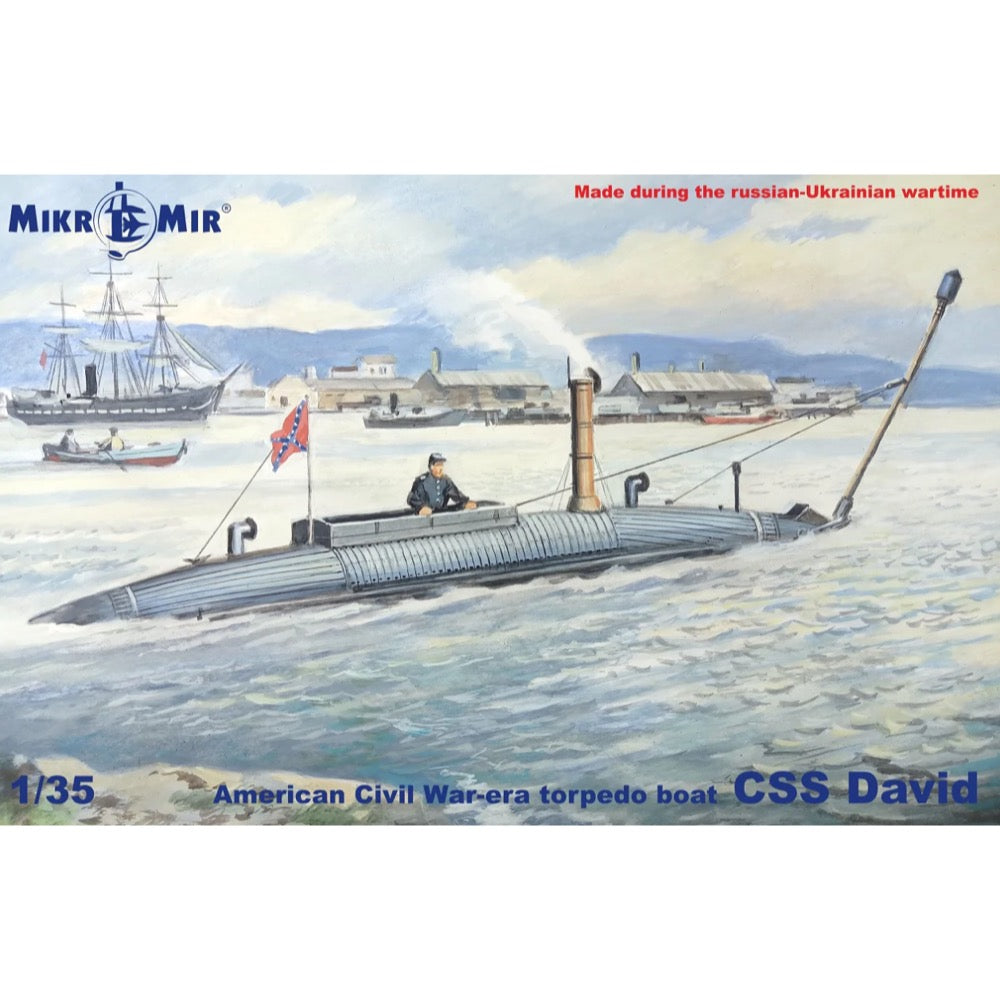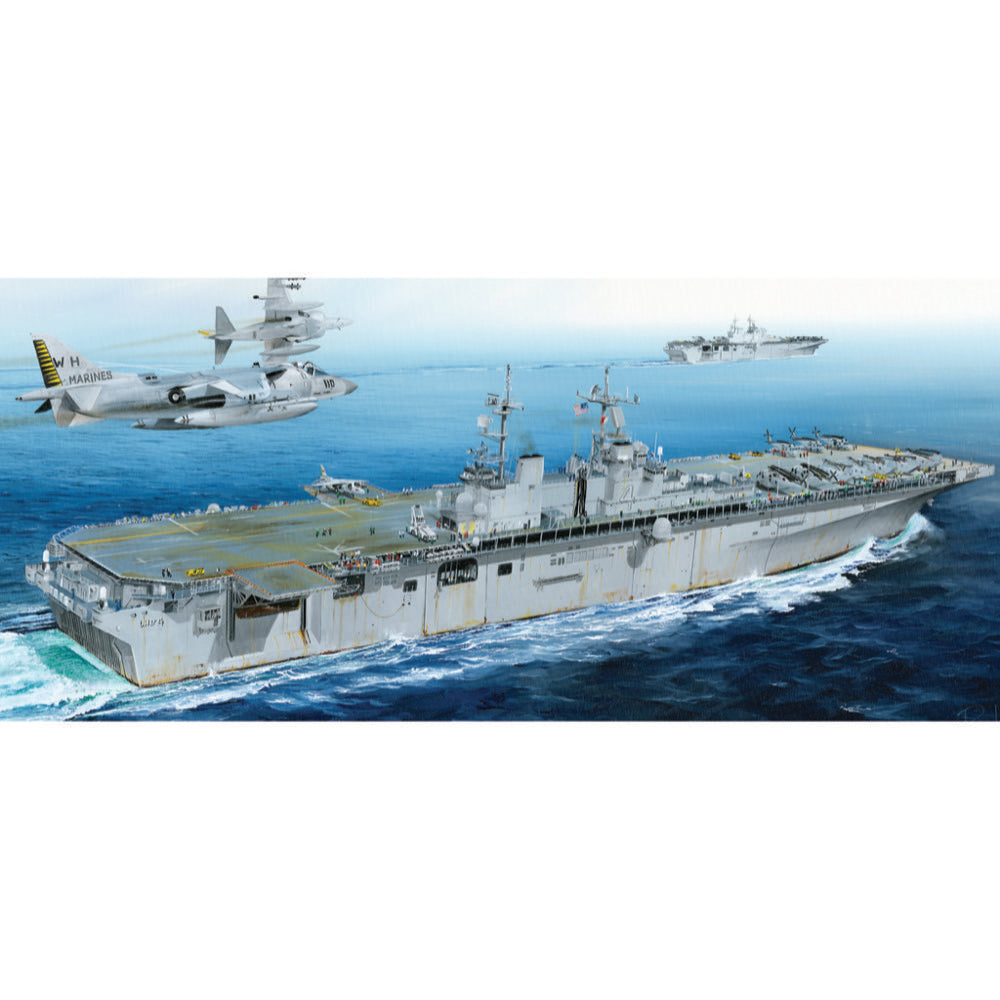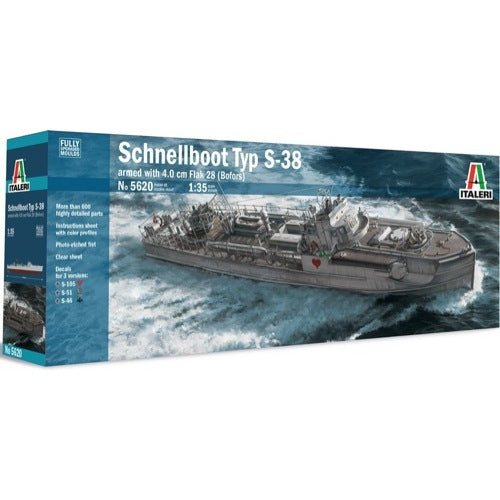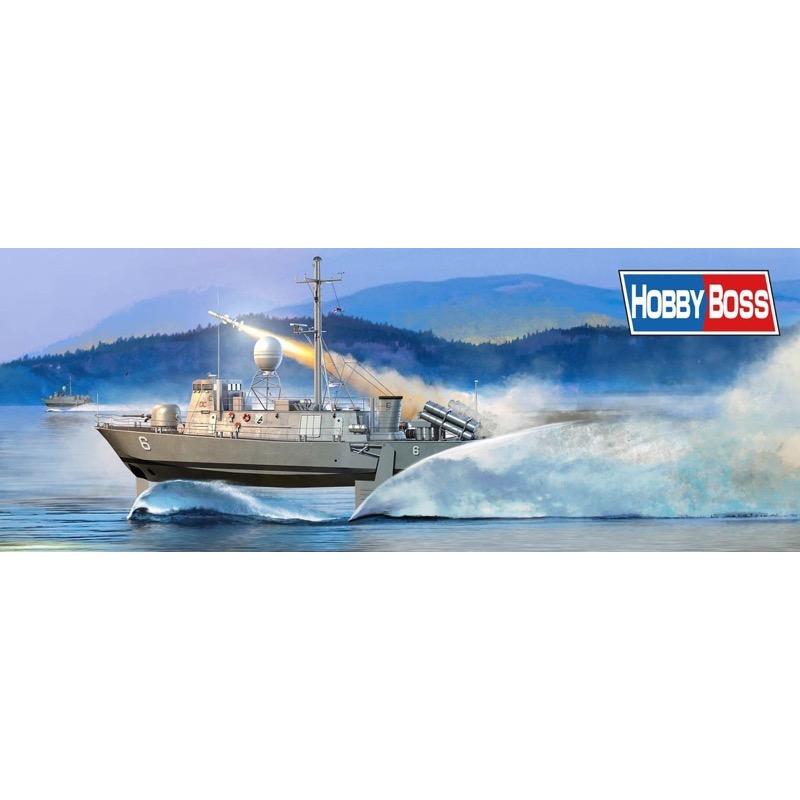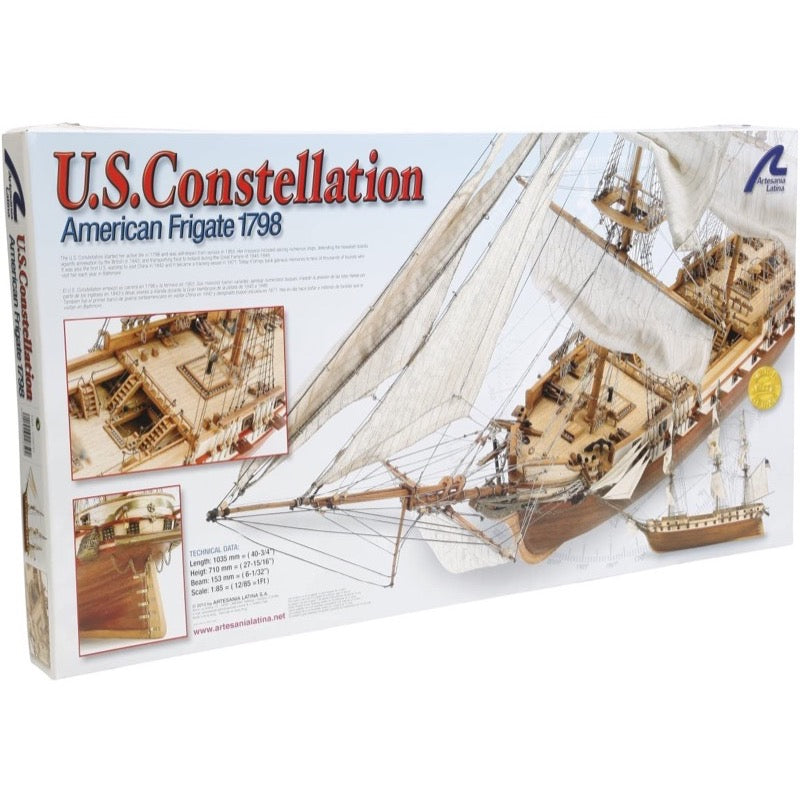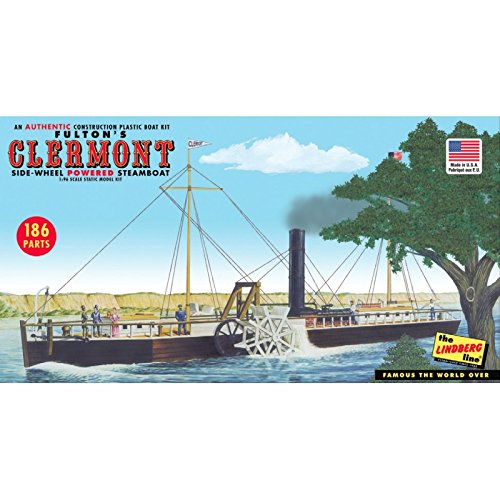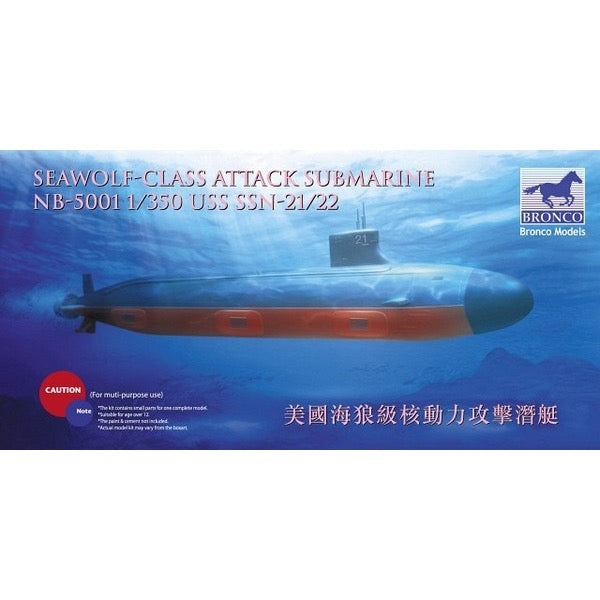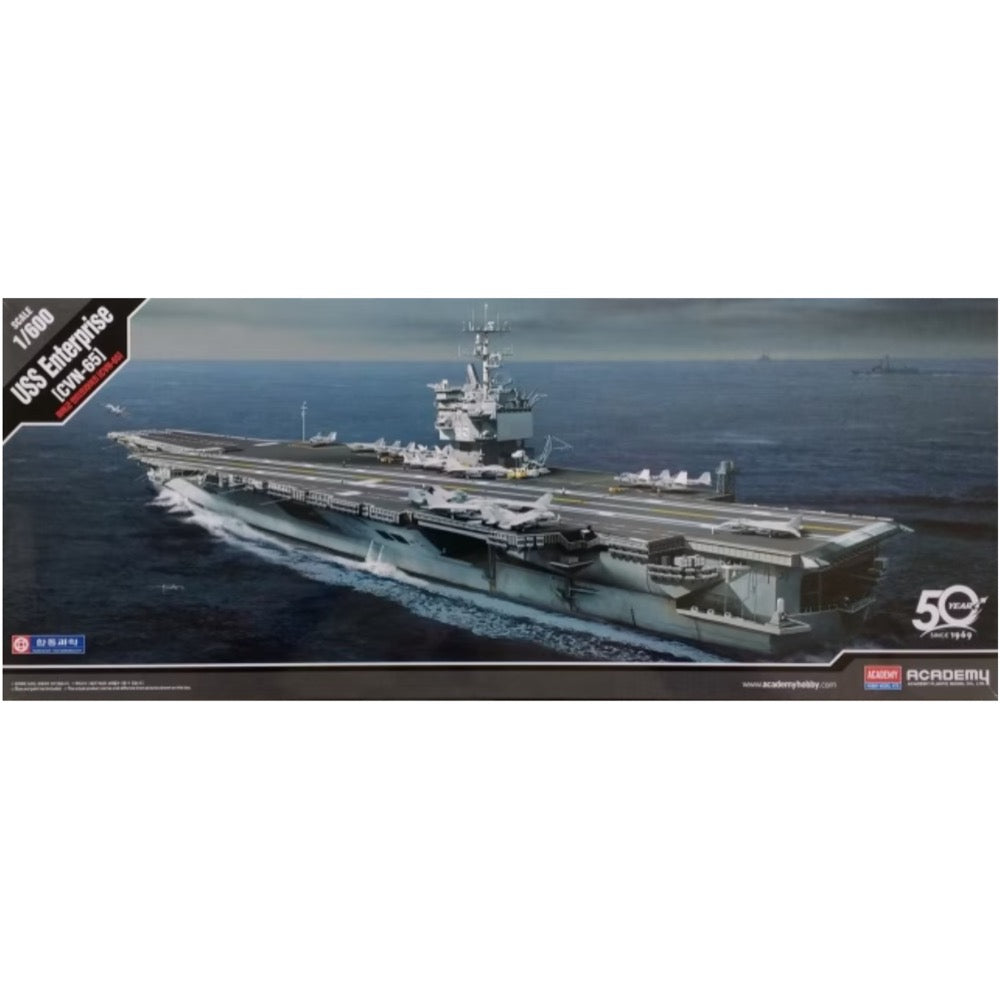
Academy 14400 1/600 USS Enterprise CVN-65
33.00
$
<p>USS Enterprise (CVN-65) was a US nuclear powered aircraft carrier. The keel for this unit was laid in 1958, the launch took place in September 1960, and the commissioning to the US Navy took place in 1961. The total length of the ship was 342 meters, the overall width was 78.4 meters, and her full displacement was about 93,000 tons. The maximum speed was up to 33 knots. The on-board armament included, among others: three Sea Sparrow rocket launchers and three 20 mm Vulcan Phalanx CIWS sets. Later, two launchers for the RIM-116 missile were also added. The aircraft carrier could take up to 90 aircraft on board, but normally operated 60-70 planes and helicopters.</p>
<p>The USS Enterprise (CVN-65, commonly known as Big "E") was the first and only ship of her type. Very high construction costs, well above the original assumption, led to the cancellation of five planned units of this type. The USS Enterprise, however, was unique not only because of this, but also because it was the first nuclear-powered aircraft carrier in history to have as many as eight nuclear reactors on board! The unit received very modern for those times electronic equipment in the form of e.g. SCANFAR radar. The USS Enterprise (CVN-65), very shortly after its entry into service, took part in the maritime blockade of Cuba in 1962. Two years later, he operated in the Mediterranean. The unit also took an active part in the Vietnam War (1964 / 1965-1975), fighting in it from the very beginning. In 1969, a tragic accident occurred on the carrier, the self-ignition of one of the missiles, killing 28 people and injuring 334. In 1986, the USS Enterprise became the first nuclear carrier to cross the Suez Canal. Shortly after that, the carrier's on-board planes bombed targets in Libya. The unit was decommissioned in 2012.</p>
<p>This is an injection-plastic ship model kit.</p>
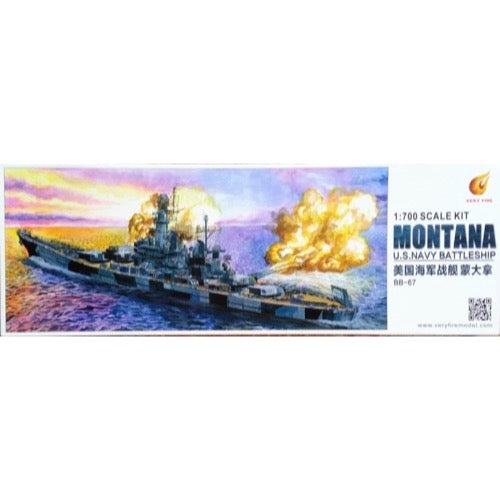
Very Fire VF700901 1/700 USS Montana BB-67
37.00
$
<p>USS Montana (BB-67) was a designed, but never built, American battleship of the Second World War. It was assumed that the total length of the ship would be 280.9 meters and a width of 37 meters. Full displacement would be up to about 71,000 tons, and maximum speed - up to about 28-29 knots. The on-board armament would consist of: 12 406 mm guns placed in four turrets of three guns, 20 127 mm guns or 56 20 mm AA guns. Probably the unit could use up to three seaplanes.</p>
<h3>Specification</h3>
<ul>
<li>Dimensions: 430x150x50 mm (16.9x5.9x2 inch)</li>
<li>Weight:: 380 g (0.84 lbs)</li>
</ul>
<h3>Contents<br>
</h3>
<ul>
<li>Plastic sprue, Photoetched fret, Rod, Wood, Decalsheet (waterslide)</li>
</ul>

Aoshima A000820 1/700 JMSDF Defenseship Dd-116 Teruzuki
22.00
$
<p>Teruzuki is the 2nd vessel of the Akizuki-class destroyer. She was commissioned on 7th March 2013, as a multi-purpose destroyer following the "Murasame-class" and the "Takanami-class". The name of the ship was from IJN destoryer of "Teruzuki". The upper structure of the ship features stealth capabilities. The radar of the 3-FCS-3 fire control systems on the helicopter Hangar and the Stern flap giver her a particular look. She is armed with a wide range of weaponary - the main gun is Mk45 5inch fitted forward in the vessel, Type 90 ship-to-ship missiles (SSM), Mk41 vertical launch system, two 324mm HOS-303 triple torpedo tubes and two 20mm Phalanx Block1B CIWS. Besides the destroyer is equipped with new anti-torpedo system, such as FAJ, MOD and Type 4 towed torpedo decoy, expected to safeguard the other Aegis guided warships of the JMSDF.</p>
<p>Parts come molded in gray and include decals.</p>
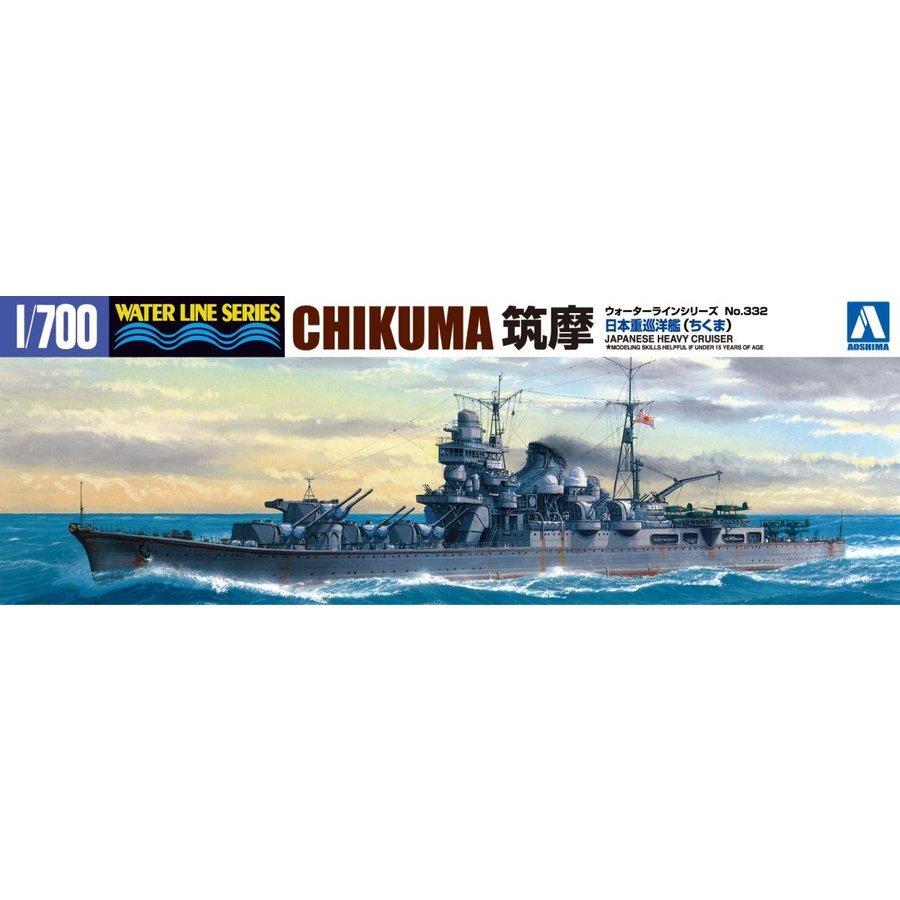
Aoshima A004535 1/700 IJN Heavy Cruiser Chikuma
18.00
$
<p>Chikuma was a Japanese heavy cruiser the keel of which was laid in 1935, launched in March 1938, and commissioned in the Imperial Japanese Navy in May 1939. The ship was 189 m long, 19.4 m wide, and had a full displacement of 15,400 tons. The maximum speed of the cruiser Chikuma was 35 knots. The main armament at the time of the launch was 8 203 mm guns in four turrets, two guns each, and the additional armament included: 12 127 mm guns and 12 610 mm torpedo tubes.</p>
<p>Chikuma was the second and final Tone-class cruiser. Initially, units of this type were planned to be built based on the already proven project of the Mogami cruisers, but due to the withdrawal of Japan from the disarmament systems, and especially from the London Treaty of 1932, it allowed the designers to deeply redesign new units, e.g. by adding a larger number of seaplanes, which allowed the Tone-class ships to perform reconnaissance functions in relation to their own groups of aircraft carriers. Cruiser Chikuma began her combat route in World War II by participating in the attack on the American base Pearl Harbor on December 7, 1941. Shortly after (April 1942) he took part in the famous rally of the Japanese fleet to the Indian Ocean. Chikuma also fought in the Battle of Midway (June 1942), and the ship's seaplanes were the first to detect the USS Yorktown aircraft carrier. The combat trail ended in the Battle of Leyte, when Chikuma was sunk by American aircraft on October 25, 1944.</p>
<p>This is an injection-plastic ship model kit.</p>
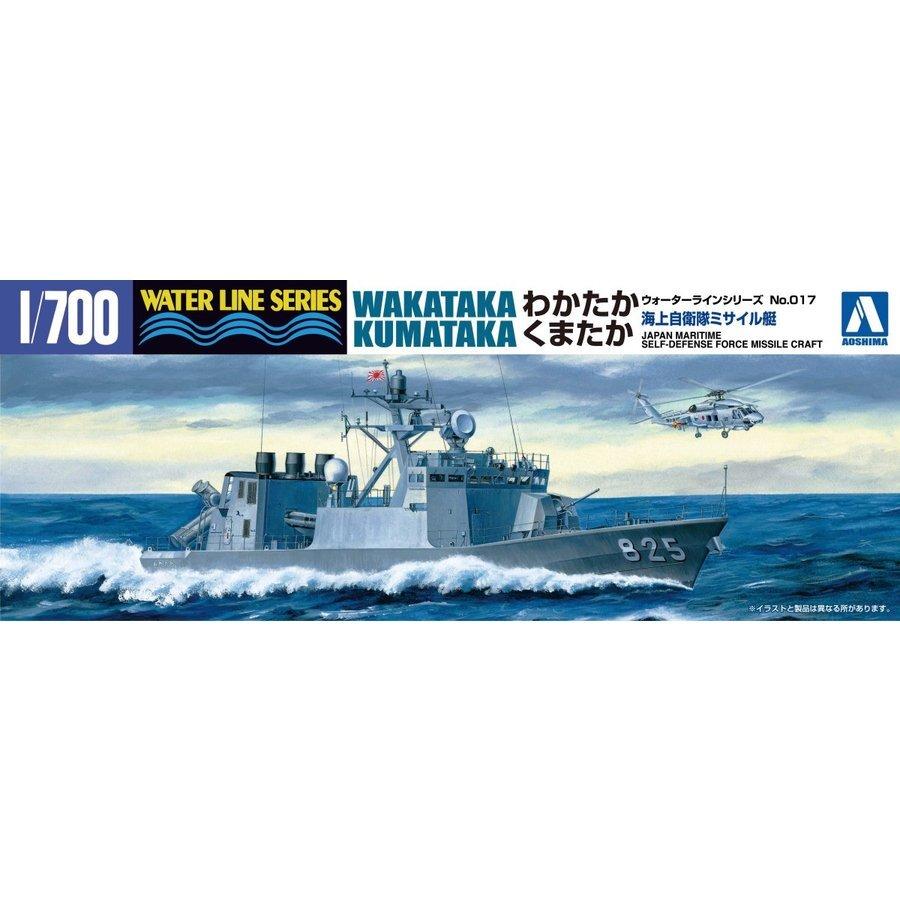
Aoshima A004818 1/700 JMSDF DDG Wakataka and Kumataka
12.00
$
<p>Hayabusa is the name of a class of modern Japanese rocket boats. Units of this type entered service in 2002-2004. In total, six units of this type were built. The Hayabusa-class ships are 50.1 meters long and 8.4 meters wide. Full displacement is around 240 tons and the maximum speed is clearly over 40 knots. They are armed with: four SSM-1B missile launchers, a single 76 mm cannon and two 12.7 mm machine guns. The Hayabusa class currently consists of six units: Hayabusa (lead unit), Wakataka, Otaka, Kumataka, Umitaka and Shiritaka. All these units were built at the Mitsubishi Heavy Industries shipyard in Shimonoseki. Hayabusa-class boats were developed to replace the PG-class units in the line, i.e. the Italian Sparviero class, produced under license in Japan. Compared to their predecessors, the new units differ in almost every element: they are much larger, have a significantly larger crew, a larger radius of action, better seafaring and more elaborate electronic equipment. Units of this type are primarily used for patrol duty.</p>
<h3>Includes</h3>
<ul>
<li>2x Full kits of the Japan Maritime Self Defense Force's missile crafts, Wakataka and Kumataka</li>
<li>2x SH-60 helicopters.</li>
<li>Exploded-view pictorial-type instructions, with color callouts and notes in Chinese, English, French, German, and Japanese.</li>
</ul>


